site search
online catalog
SALEM ZOUAVES OFFICER’S JACKET AND VEST
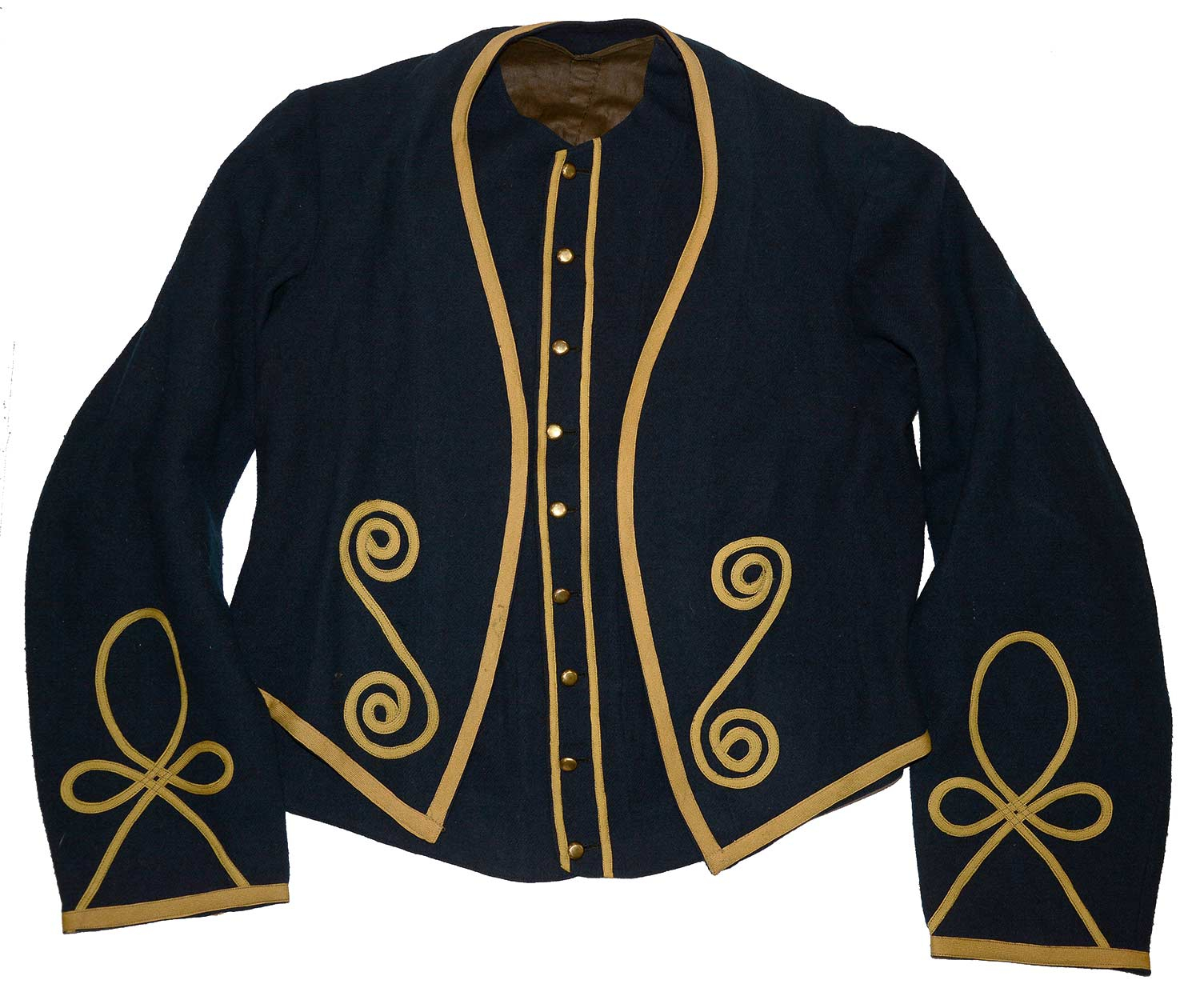
Hover to zoom


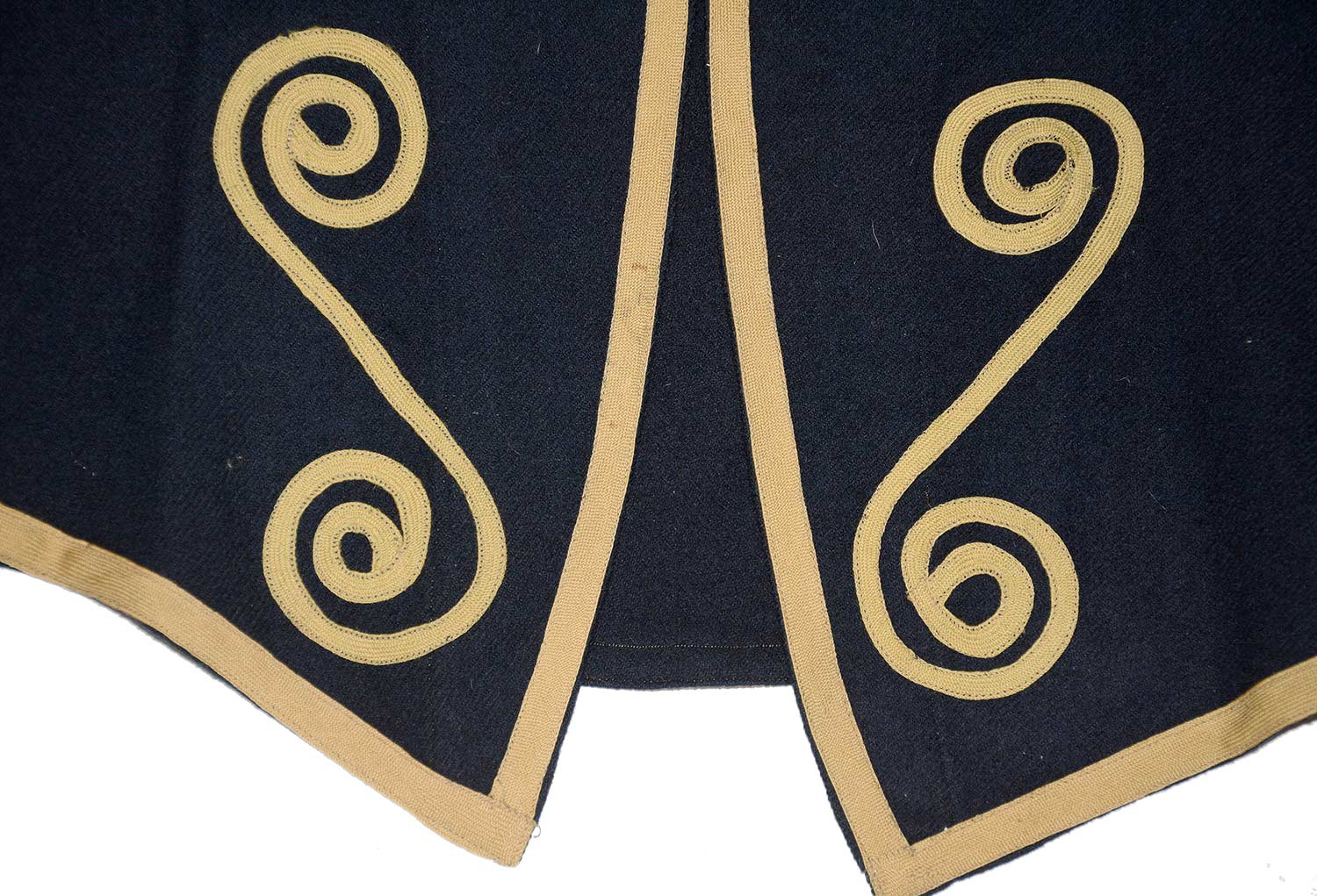
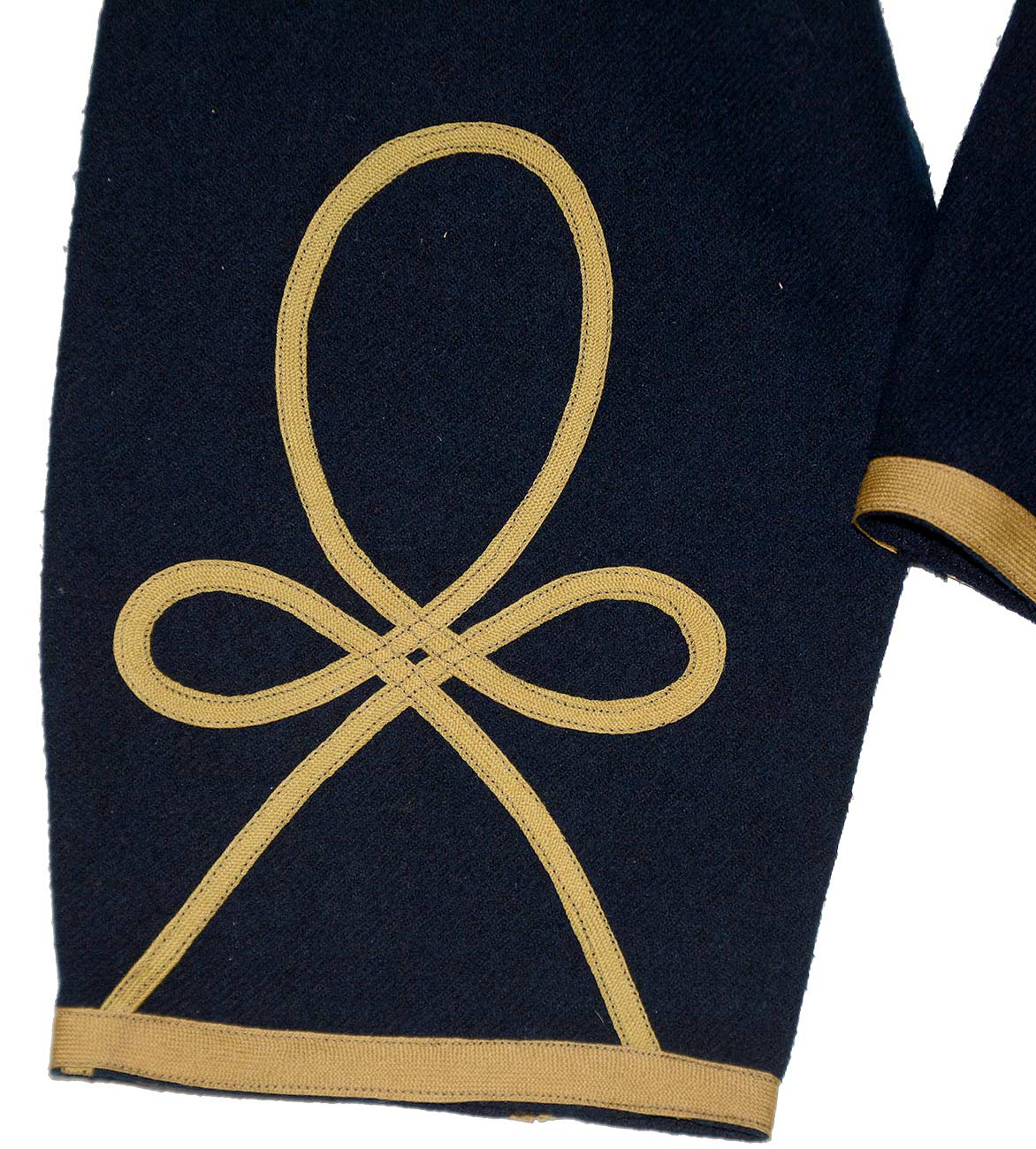


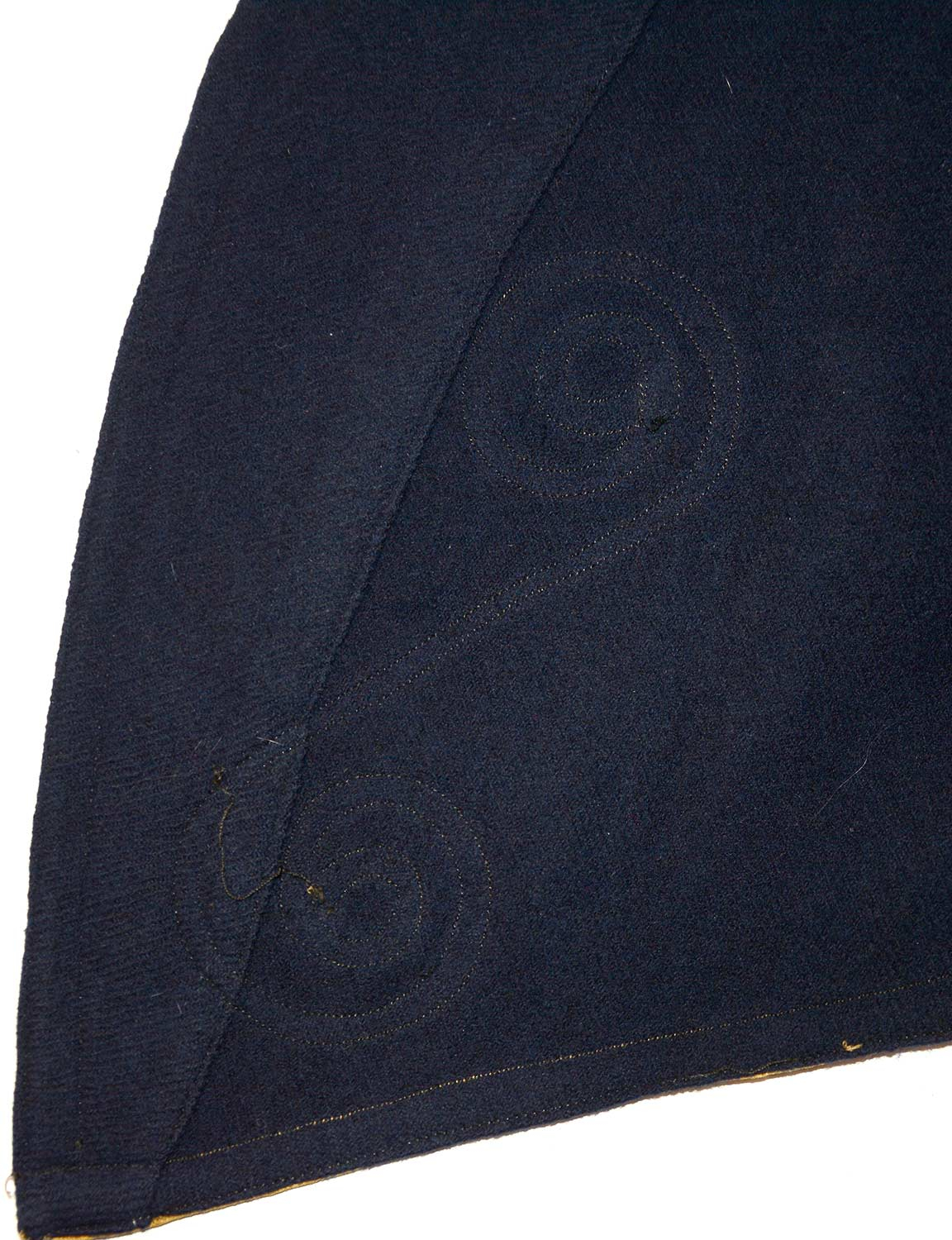
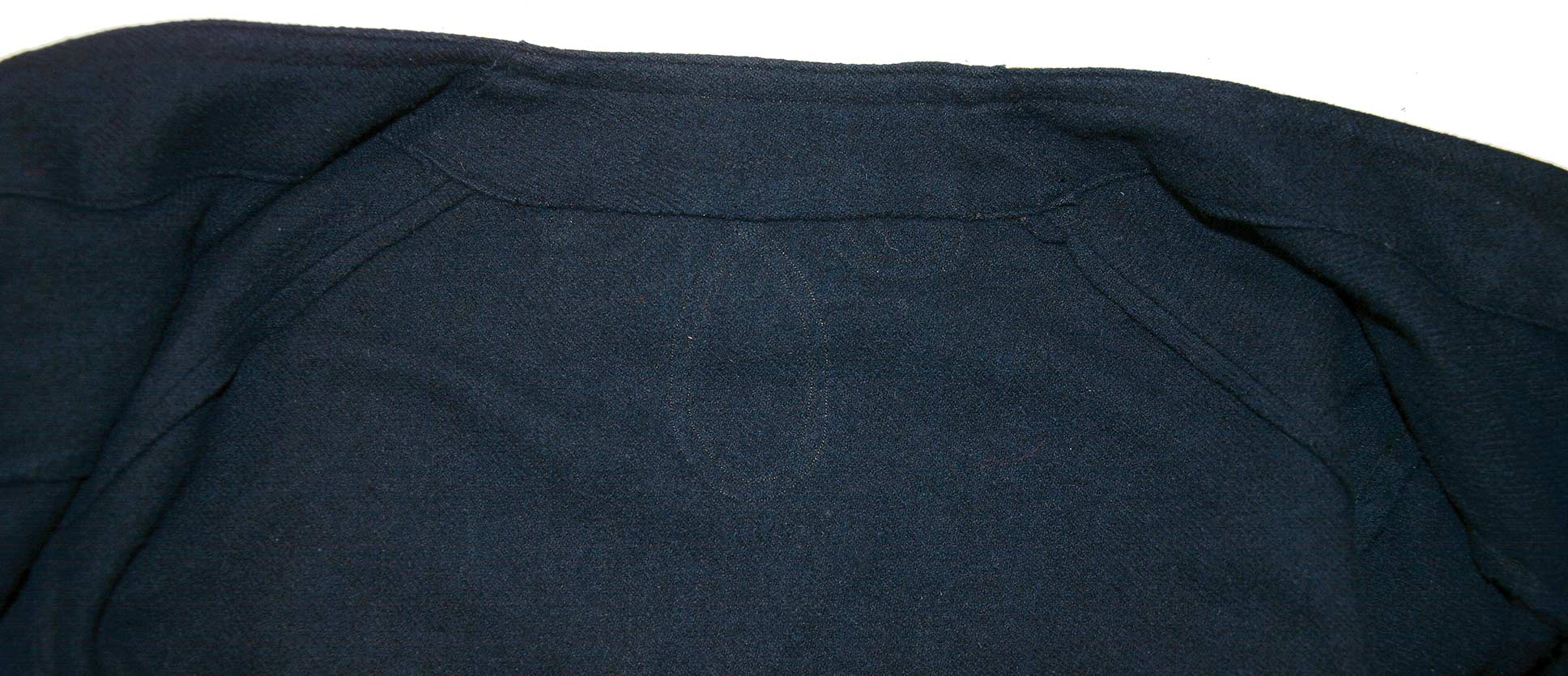
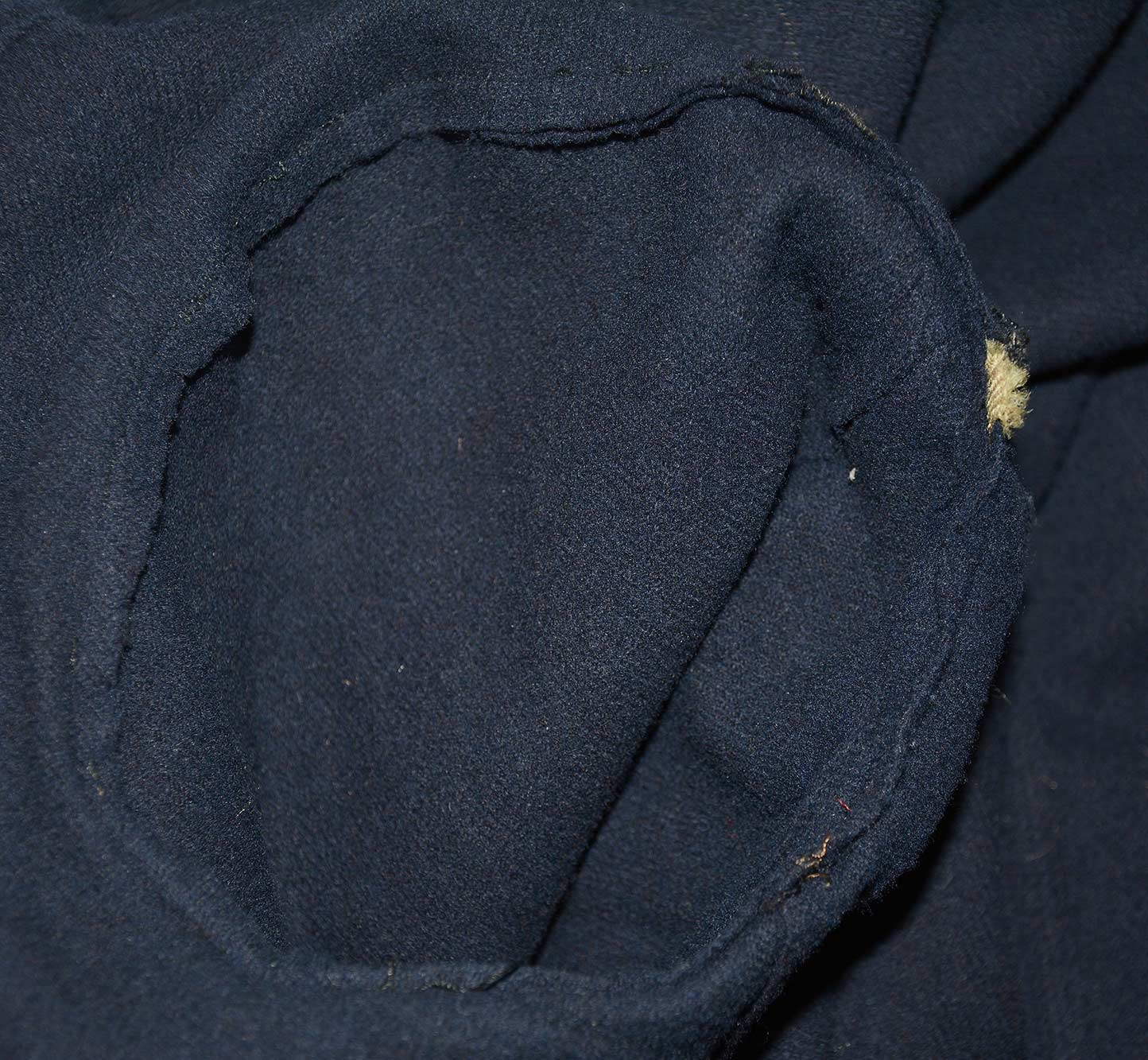
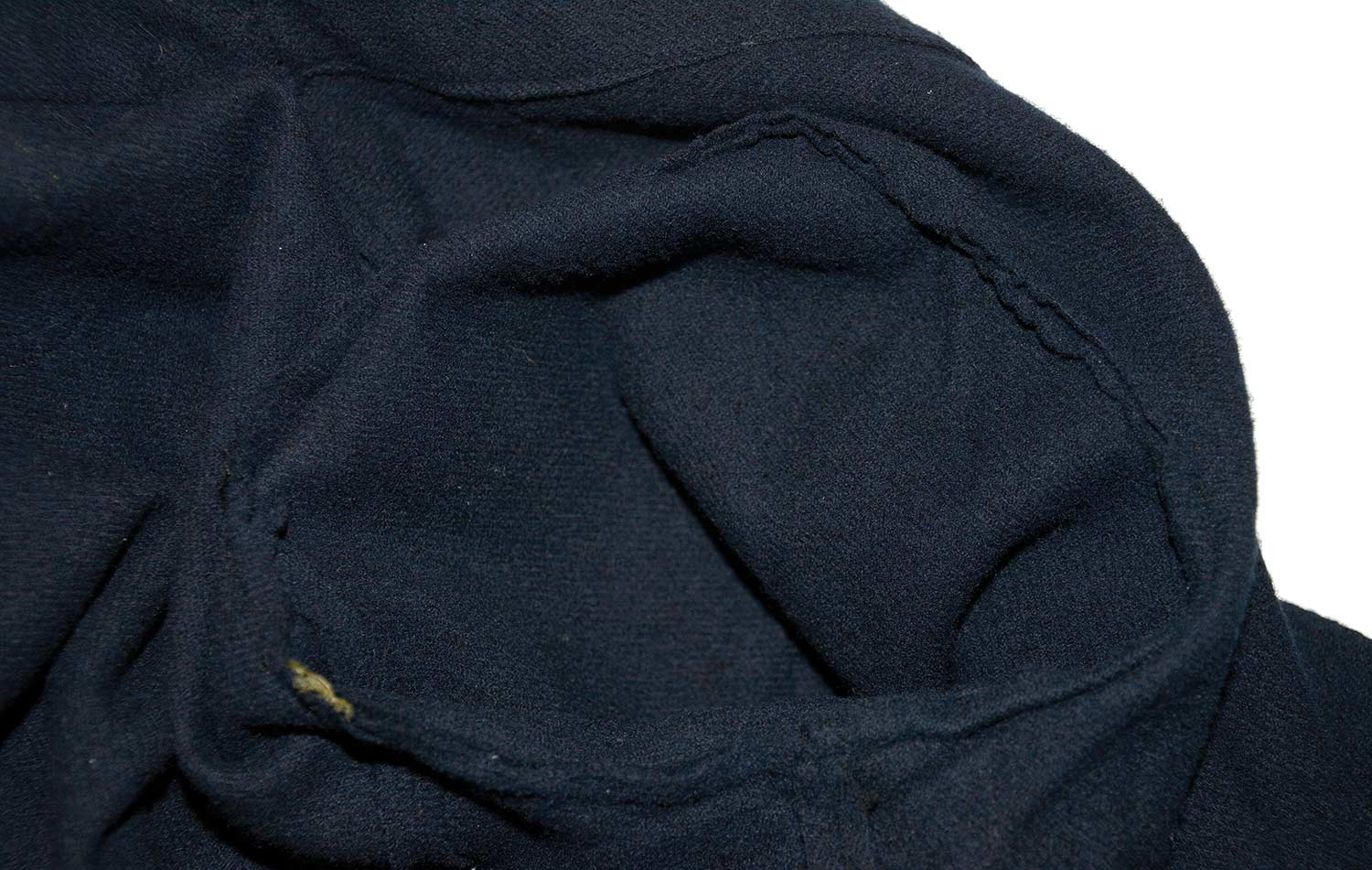
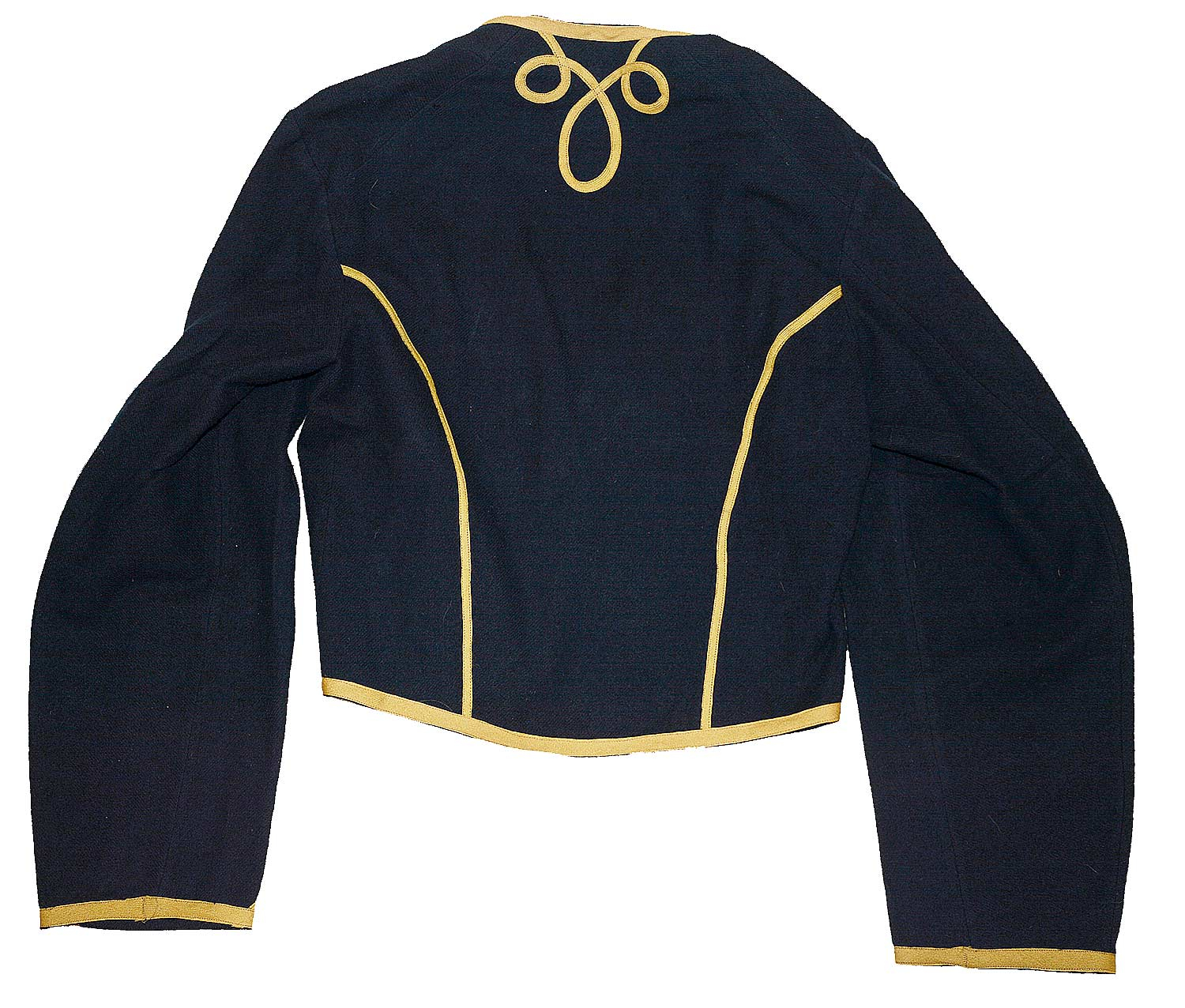


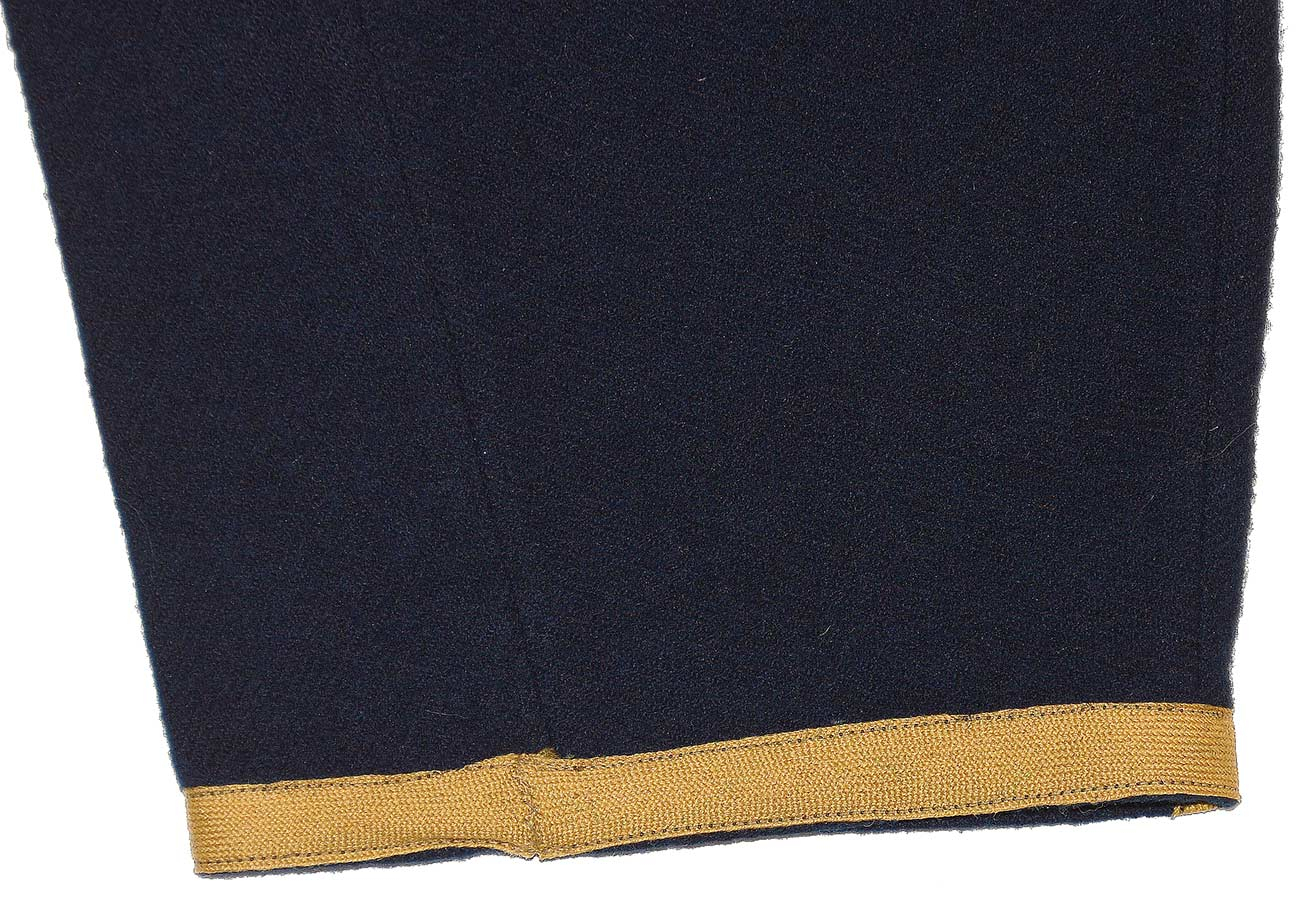
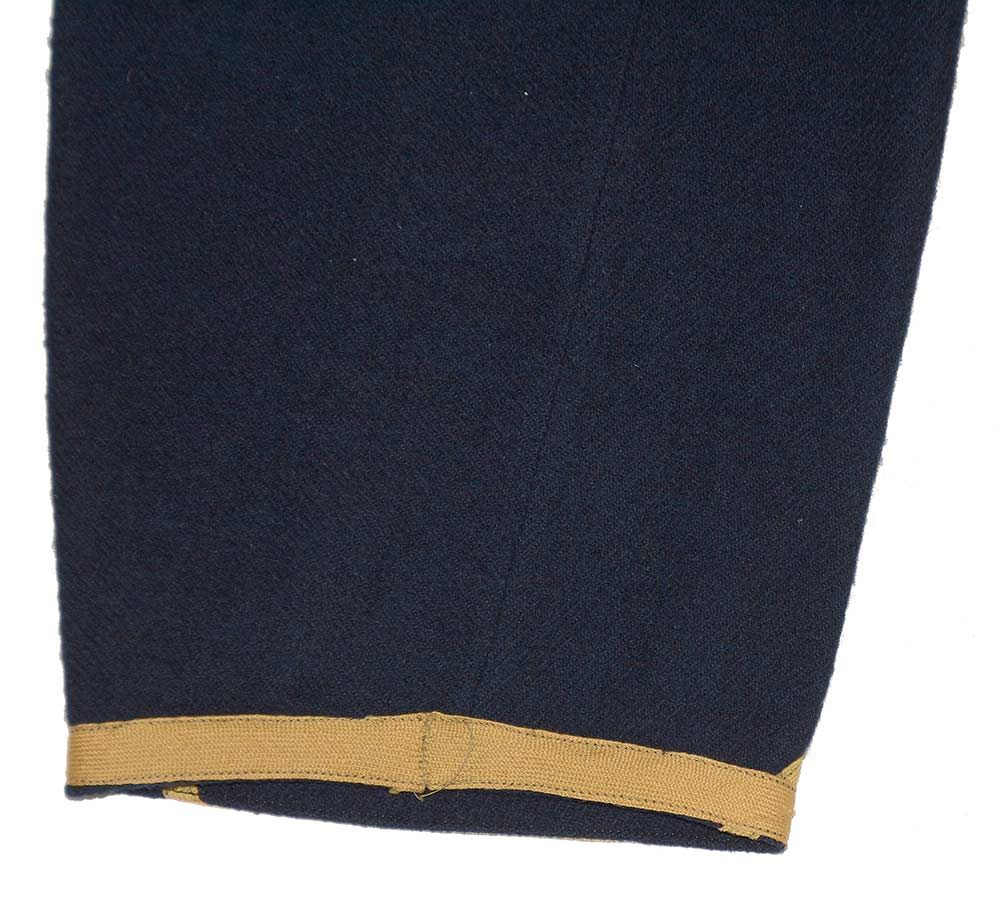


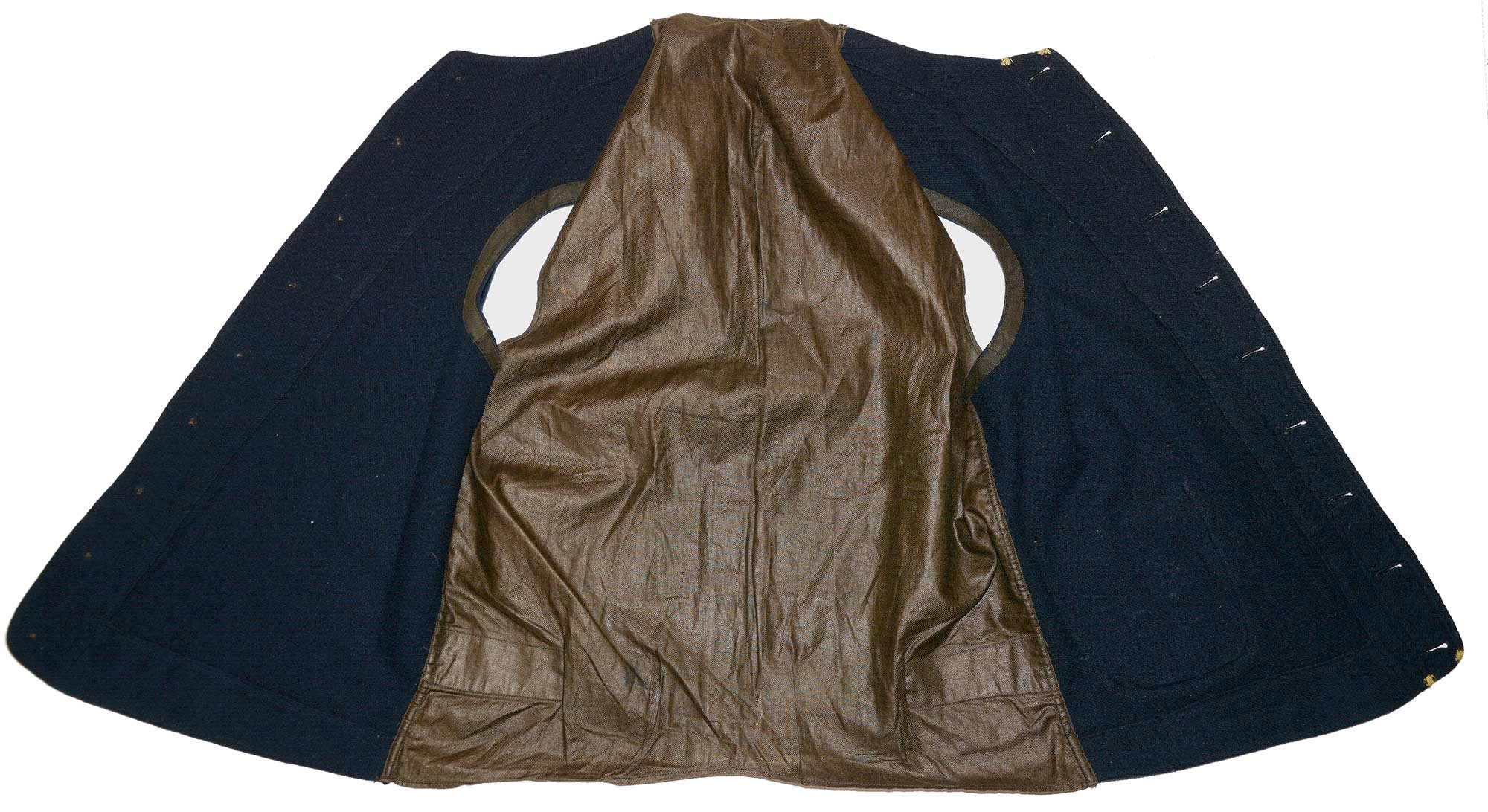
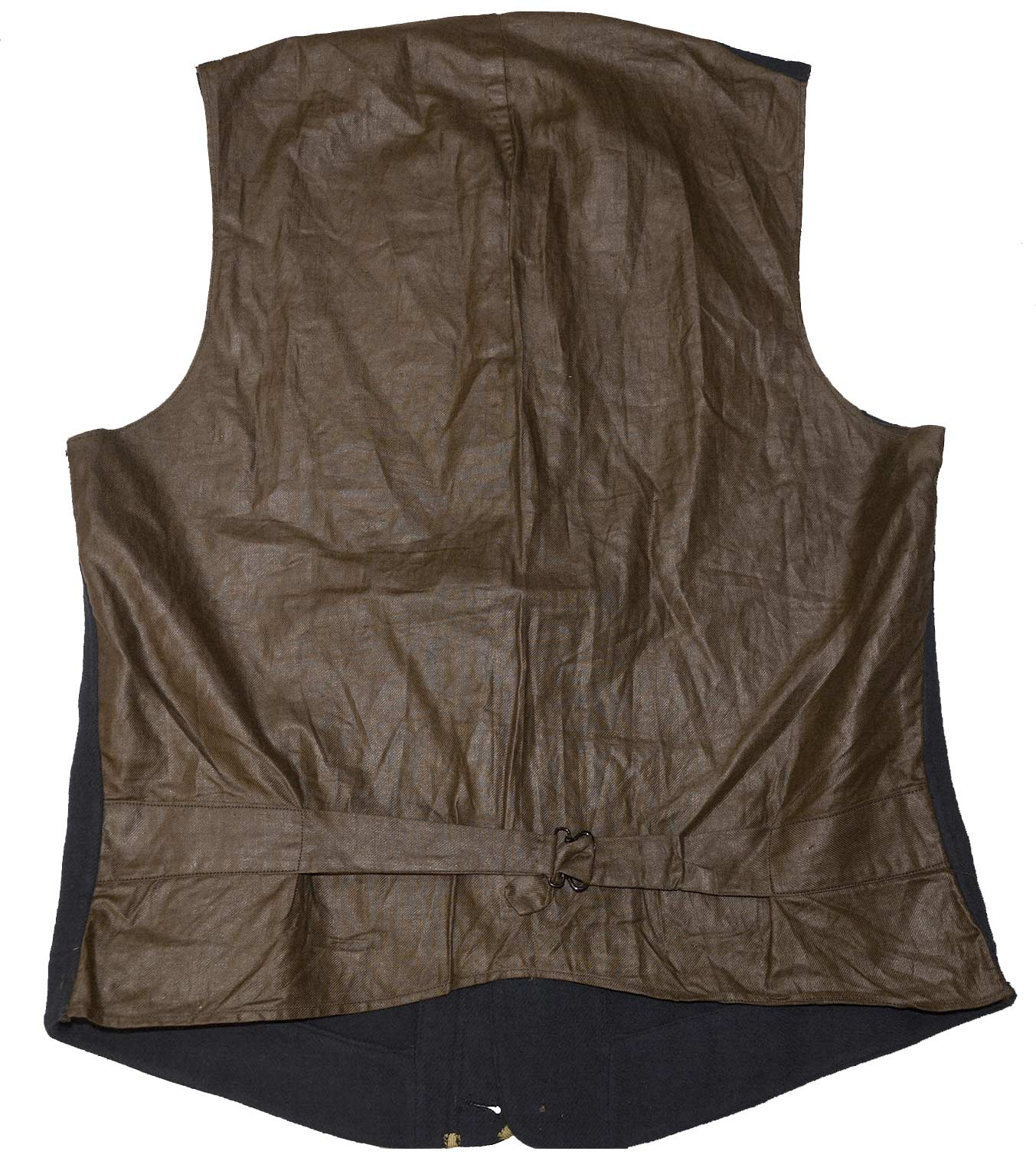
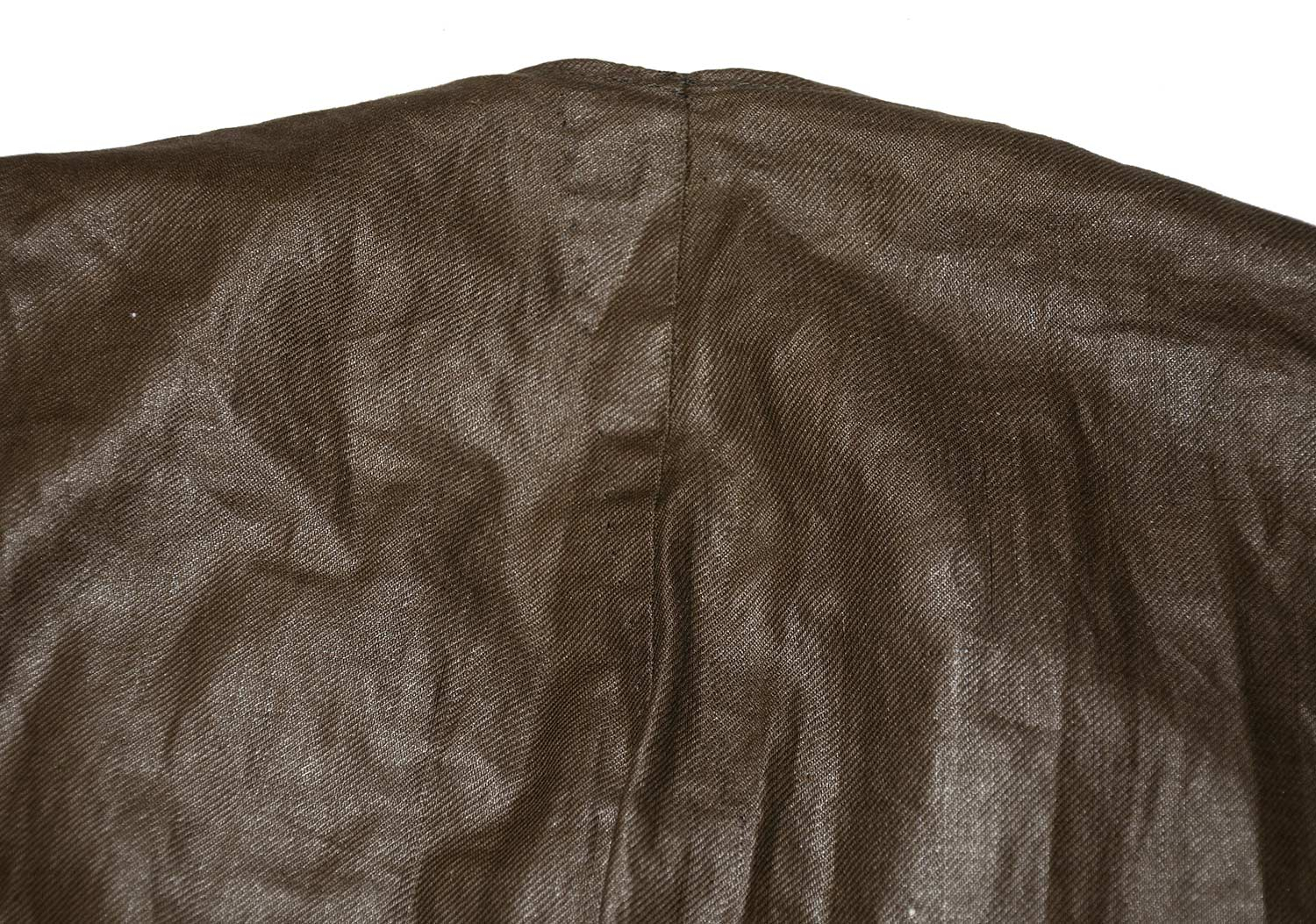

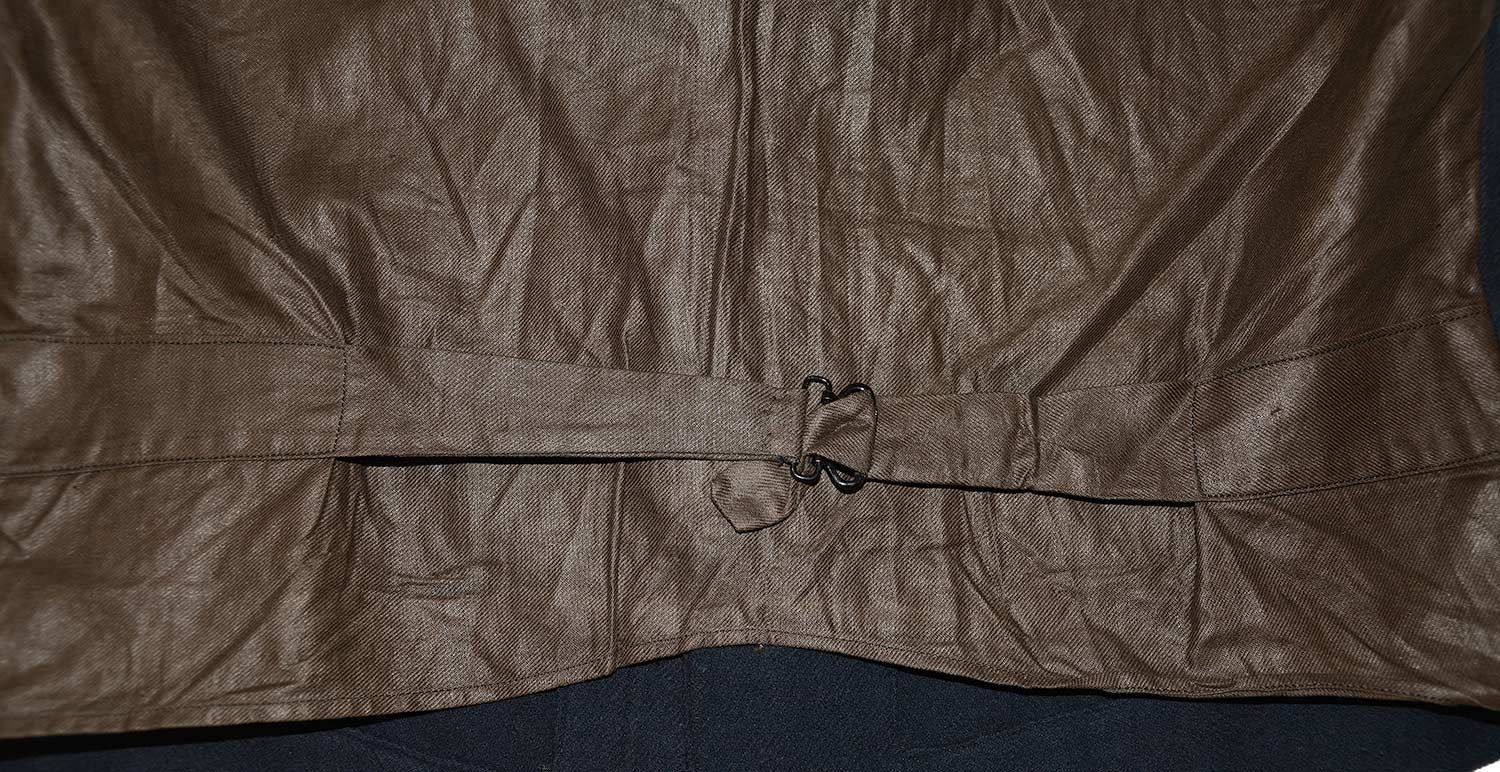

$18,500.00 SOLD
Quantity Available: None
Item Code: 1179-273
This very jacket and vest are pictured on page 70 of Don Troiani’s “Regiments and Uniforms of the Civil War.” They were originally purchased from the Ropes family of Salem, Mass., by Jim Stamatelos, well known among older Civil War collectors, and come with his 13 July 1988 letter of provenance. Formed in 1805 as the Salem Light Infantry, the company fell under the spell of the zouave craze of 1859/60 and under the leadership of Arthur F. Devereux, elected Captain in 1860 and a former business partner of Elmer Ellsworth, adopted the new name “Salem Zouaves” after hosting the Chicago Zouaves in July and witnessing their new style of drill, though they did not formally adopt this zouave uniform until they were on duty in Baltimore in 1861 as part of the 8th Mass. Volunteer Militia.
With the attack on Fort Sumter the company mobilized quickly for active service, joining the 8th M.V.M. as Company I. The regiment departed Massachusetts on April 18, 1861, for Annapolis, MD, and was not formally mustered in until April 30. At Annapolis the Salem Zouaves were one of two companies assigned to the USS Constitution to keep the ship out of Confederate hands and accompanied it north to New York. They returned south to rejoin the regiment at Washington and move with it from there to Relay House, MD, on May 11, guarding the Baltimore and Ohio Railroad lines.
On July 2 the regiment was ordered to duty in Baltimore and there on July 9 Company I finally adopted zouave uniforms, made in Baltimore. These were dark blue jackets, with the enlisted men wearing red trim, with inverted chevrons on the cuffs, and officers wearing yellow trim, with the cuffs bearing a trefoil loop. These were first worn by the company on July 23, 1861, little more than two weeks before the regiment mustered out on August 8 at the expiration of their term of service. A photograph of 3rd Lieutenant George D. Putnam, taken at this time, shows him wearing this exact pattern of officer’s uniform with the addition of shoulder straps to make clear his rank.
The jacket is unlined, made of dark blue wool, and made to be worn open, with no buttons or eye hooks, and has no collar or pockets. A continuous line of yellow tape runs around the base of the jacket, up the lapels, and around the neck. The upper back of the neck has a trefoil loop on the reverse, which is repeated on each cuff, which also have a band around the lower edge. The lower front panels of the jacket have tombeaux in the form of an elongated “S” facing one another on either side, with the upper and lower loops ending is closed circles, but showing the underlying blue wool at their centers.
This comes with its original vest as well. Made of dark blue wool, with a polished cotton back, the vest has a single exterior pocket on the wearer’s lower right and is fastened by nine small, plain brass buttons, with the buttonholes running between two vertical yellow lines. The front of the vest would be visible in the open front of the jacket, as the photo of Lieutenant Putnam makes clear.
Jim Stamatelos’s 1988 letter indicates he could find no member of the company named Ropes and suggests it came into the family through a marriage connection with one of the company’s officers: Captain Devereux, or Lieutenants Austin, Brewster or Putnam. Paperwork with the jacket from the Texas Civil War Museum includes some service data on 2nd Lt. E.A.P. Brewster as a candidate, but does not provide a connection with the Ropes family. Brewster was a 23-year-old medical student and officially mustered in as of April 30, as was the rest of the unit after already leaving the state and mustered out with the unit after his three month enlistment was up, Aug. 8, 1861. If it was his, it is possible the uniform saw some subsequent use. Brewster began recruiting a zouave company for the 19th Mass just three weeks after getting back to Boston. The company ended up being part of the 22nd Mass for a short time and then settled in as Co. A of the 23rd Mass. A regimental history indicates Brewster got 48 of his old comrades to reenlist in short order and the commander of the 22nd had “given them a uniform,” most likely matching that of the Salem Zouaves to clothe additional recruits. A photo of an enlisted man of the 23rd shows a close match to the enlisted men of 8th M.V.M. and the regimental history indicates the last of the zouave uniforms were seen only in November. Brewster himself was commissioned Captain of Co. A in December and reached the rank of Major on May 5, 1863. He was wounded twice: May 16, 1864, at Drewry’s Bluff, and a second time at Cold Harbor, on June 3. He mustered out October 13, 1864. He moved to Michigan after the war, where he died in 1877.
This has a nicely documented provenance going back to Salem and is in wonderful condition with strong color, no noticeable moth damage, all buttons in place and seams tight. And, it has a nice publication history. It has a lot of visual and historic appeal. If you want one not “just like the one in the book,” but the actual one in the book, this is it. Some further genealogical sleuthing might even tighten up the Ropes family connection with the unit. [sr] [ph:L]
~~~~~~~~~~~~~~~~~~~~~~~~~~~~~~~~~~~
THIS ITEM, AS WITH ALL OTHER ITEMS AVAILABLE ON OUR WEB SITE,
MAY BE PURCHASED THROUGH OUR LAYAWAY PROGRAM.
CLICK HERE FOR OUR POLICIES AND TERMS.
THANK YOU!
Inquire About SALEM ZOUAVES OFFICER’S JACKET AND VEST
Most Popular
Historical Firearms Stolen From The National Civil War Museum In Harrisburg, Pa »
Theft From Gravesite Of Gen. John Reynolds »
Selection Of Unframed Prints By Don Troiani »
Fine Condition Brass Infantry Bugle Insignia »
Large English Bowie Knife With Sheath 1870’S – 1880’S »
Imported (Clauberg) Us Model 1860 Light Cavalry Officer's Saber »
featured item
AN IDENTIFIED GETTYSBURG PICKED-UP RICHMOND RIFLE-MUSKET
This is very good example of a Richmond rifle-musket that was made in 1863. It has the beveled "low-hump" lock plate introduced in the spring of 1862. It has the desirable brass butt plate and nose cap; the iron barrel bands are all Richmond made… (1268-076). Learn More »
site search
Upcoming Events
The shop is currently closed so that we may conduct our annual inventory. We are available by phone… Learn More »


